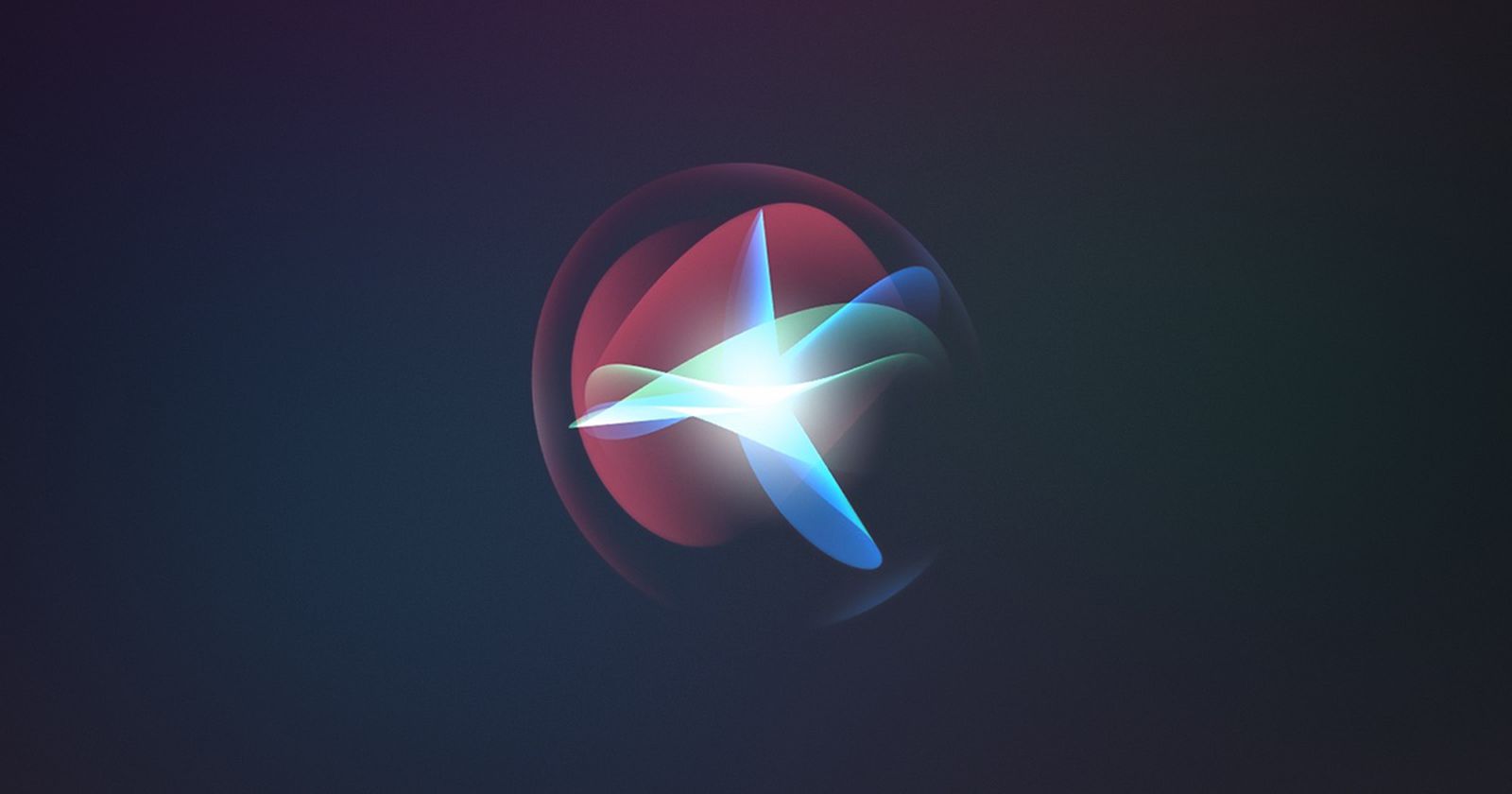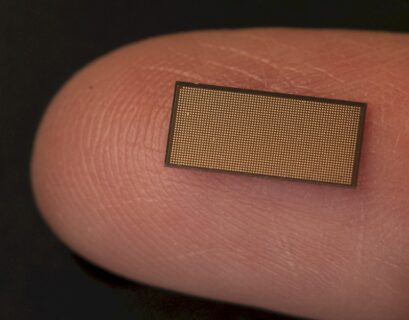It is widely acknowledged that technology is the driving force behind change and innovation in today’s work environment. Artificial intelligence (AI) not only automates repetitive tasks across various industries but also increasingly resembles human behavior.
In light of this significant disruption caused by AI, the question arises: how should individuals be prepared and trained to navigate a workforce transformed by technology?
One intriguing prospect that is gaining traction involves the revival of “multidisciplinarism,” specifically the integration of art, design, and STEM (Science, Technology, Engineering, and Mathematics) disciplines. This convergence not only paves the way for revolutionary technical progress but also enables the development of solutions that deeply resonate with human emotions and values.
Consider the example of Leonardo Da Vinci, who epitomized the fusion of STEM and art, a concept often referred to as STEAM (Science, Technology, Engineering, Arts, and Mathematics). Da Vinci’s endeavors ranged from dissecting human bodies to painting the enigmatic “Mona Lisa” and designing flying contraptions inspired by avian mechanics. Crucially, Da Vinci did not compartmentalize knowledge but rather embraced interconnectedness, incorporating diverse insights into his repertoire.
A contemporary polymath akin to Da Vinci would likely combine biomimicry (engineering inspired by nature) with artistic ingenuity, crafting robots that not only operate efficiently but also exhibit human-like movements and emotions. Such an individual would comprehend the profound impact of design, creating robots that instill trust in humans and shaping virtual reality (VR) environments that offer immersive experiences.
Dr. Ali Gordon, an engineering professor at the University of Central Florida, emphasizes the growing significance of artistic proficiency for engineers and computer scientists in emerging industries like themed experiences, gaming, and simulation and training. Collaborations between programmers, engineers, and artists are increasingly common, leading to the co-creation of software, products, and visualizations.
The Synergy of Art and Technology
For decades, the synergy between art and technology has been evident, with each influencing and shaping the other. Software tools like Photoshop, Procreate, Blender, AutoCAD, Garageband, Logic Pro, Adobe Premiere, and Final Cut have become integral to various creative processes, spanning digital art, 3D modeling, music production, and film editing.
Contemporary artists and designers offer insights into human anatomy, movement, and emotional expression, which are invaluable to pioneering STEM companies. Boston Dynamics’ robot “Spot” and Paro, a therapeutic robot seal, exemplify how biomimetic design and gentle movements evoke positive responses in users. Engineered Arts’ robot Ameca, powered by ChatGPT, showcases human-like interactions through facial expressions.
Aesthetic considerations are increasingly central to diverse products and services. Apple Music, for instance, incorporates original art into playlists to establish deeper connections with specific communities. Video games and VR experiences underscore the fusion of art and science, emphasizing the importance of color theory, composition, and storytelling in creating compelling virtual environments and characters.
As VR technology blurs the boundaries between reality and the metaverse, artistic expertise becomes crucial for crafting believable and emotionally engaging experiences. Platforms like OpenAI’s Sora, capable of generating films from text inputs, necessitate a deep understanding of shading, perspective, and lighting—fundamental art and design principles. Realistic VR environments demand advanced proficiency in these areas, coupled with expertise in computer science.
Cultivating Future-Ready Skills
Educating students to appreciate aesthetics and design, even within STEM or business disciplines, is pivotal for nurturing adept and competitive workforces in the 21st century. This approach safeguards against the devaluation of college degrees in the face of escalating AI and robotics integration.
Many educational institutions are adapting their programs to cultivate modern-day Da Vincis. While Brown University and the Rhode Island School of Design have long offered a joint degree, Stanford University’s “d.school” and joint programs like the MBA/MA in Design Leadership at Johns Hopkins and the Maryland Institute College of Art underscore the value of multidisciplinary learning. Schools such as the University of Oklahoma and Carnegie Mellon are also introducing interdisciplinary degrees merging art and science.
Harnessing Visual Intelligence
Given humans’ innate visual orientation, honed through evolutionary adaptations, visual processing stands as one of the most intricate systems in the human body. Understanding how individuals engage with and respond to visuals will be pivotal in leveraging the capabilities of AI.
For business leaders shaping their recruitment strategies, while STEM and business acumen are crucial, a workforce equipped with strong aesthetic sensibilities, artistry, and design acumen may provide a competitive advantage in an AI-driven future.









